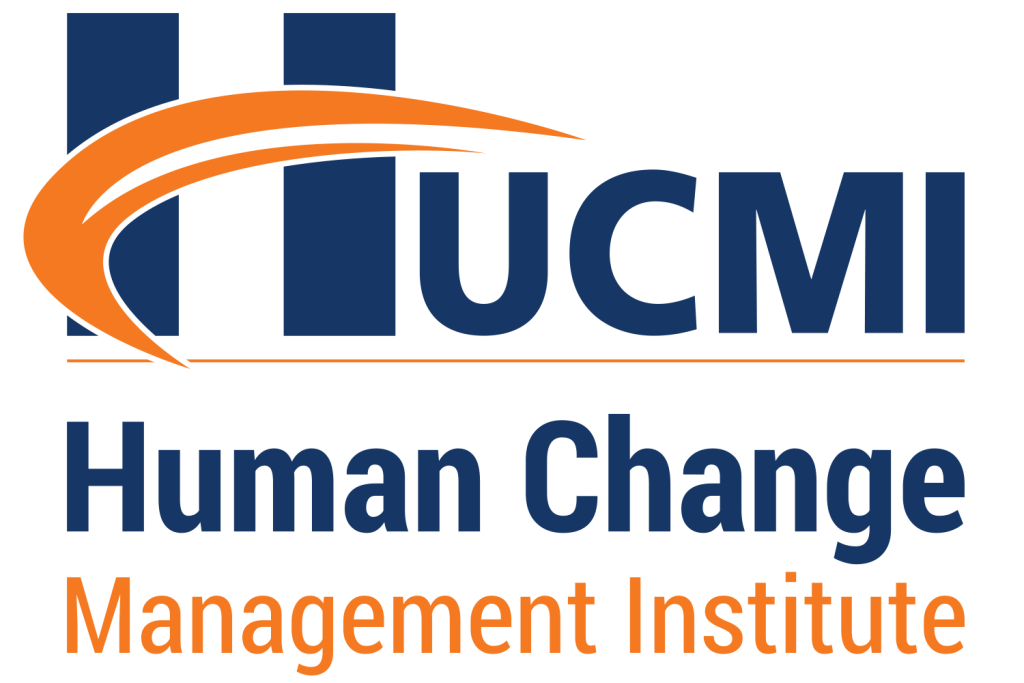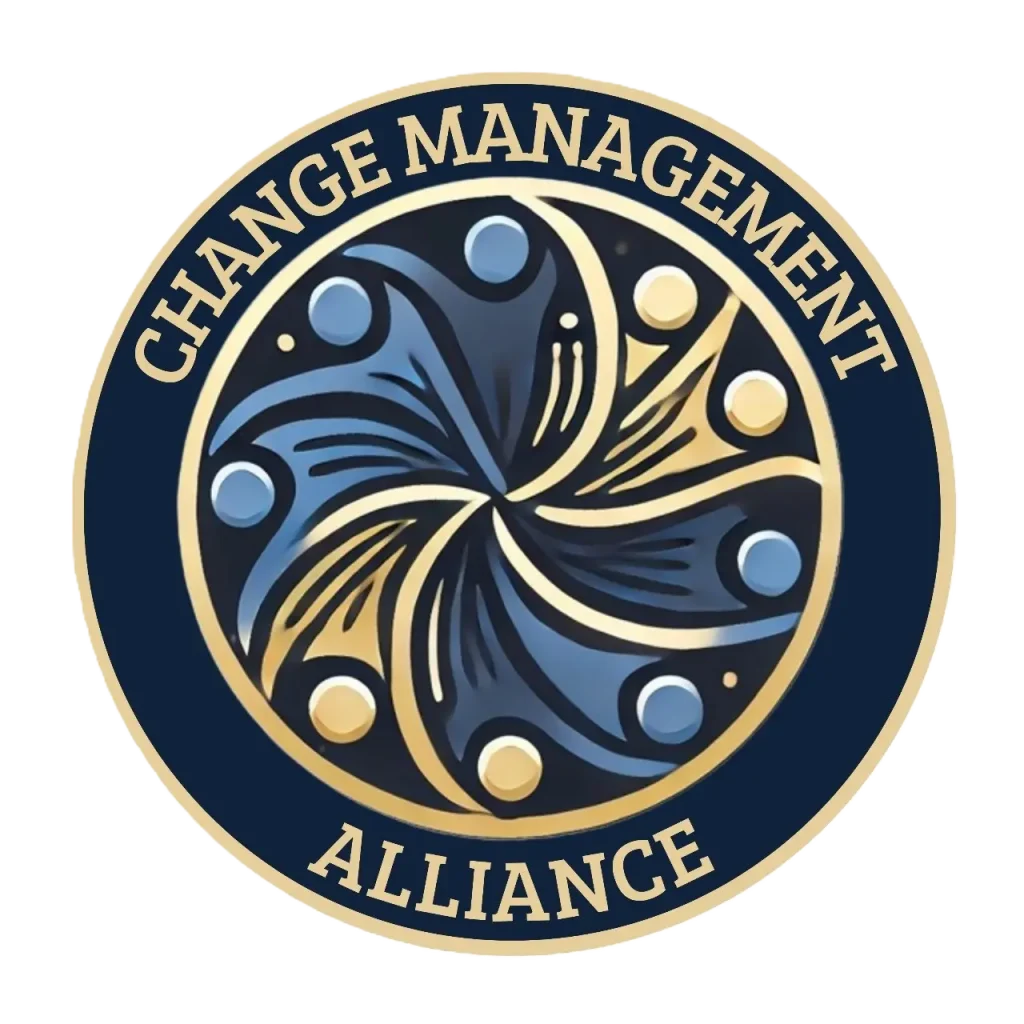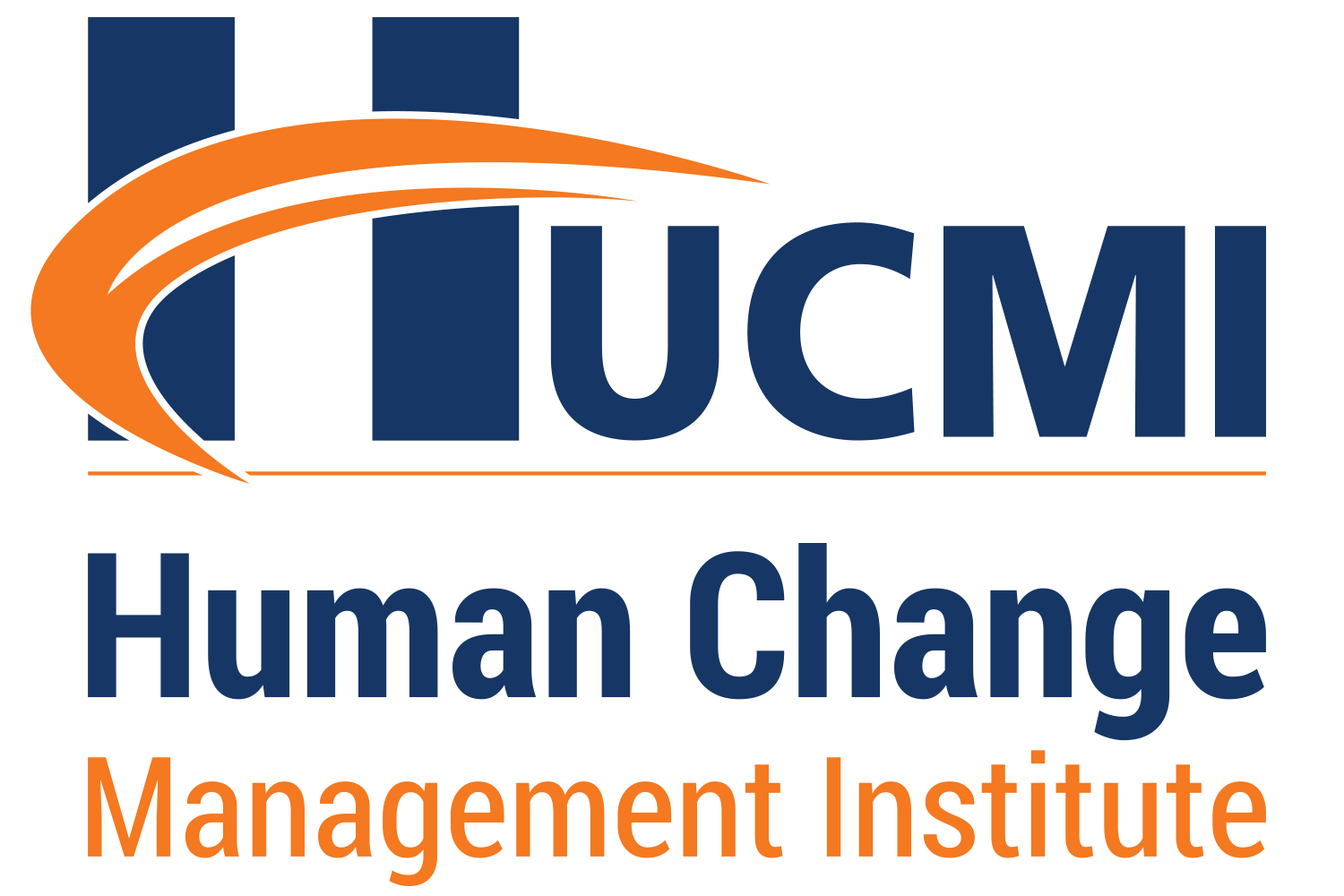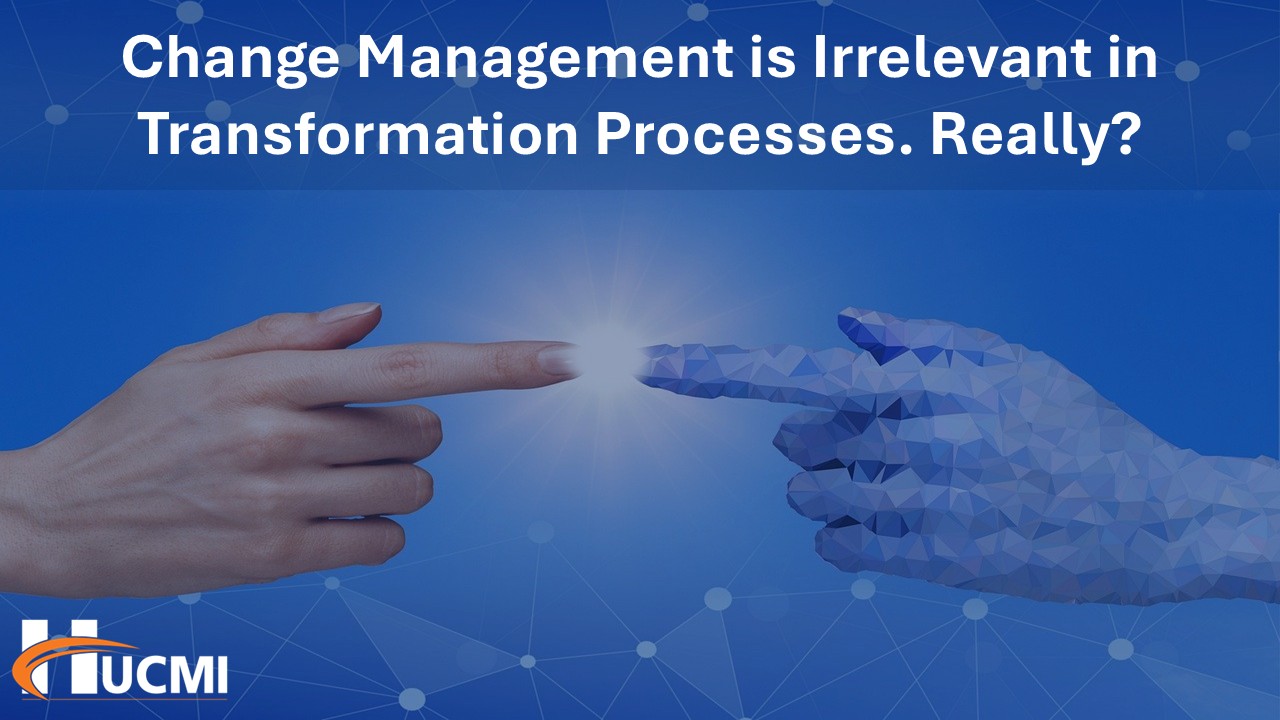In a world where transformations have become exponential and continuous, the organizations that thrive are not only those that know how to manage change, but above all, those that know how to lead it.
Although Organizational Change Management (OCM) is already recognized as an essential discipline for the success of projects and transformations, there is still a significant gap: understanding the role of leadership in these processes.
Change Management vs. Change Leadership
Change managers focus on following best practices, methodologies, and tools to support the human transition from a current state to a future one.
Change leaders, on the other hand, have a different role: to inspire, motivate, and engage people by helping them find meaning and purpose in the transformation.
- Change managers plan, communicate, and monitor.
- Change leaders mobilize, energize, and connect.
Change managers may spend 70% to 90% of their time focusing on tactical and operational issues, but they also play an important role in leadership.
Meanwhile, change leaders should spend around 90% of their project time inspiring people, while still dedicating at least 10% to 20% to management activities.
Both are indispensable, but they perform distinct and complementary roles.
The success of organizational transformations depends precisely on the synergy and balance between management and leadership.
The Current Challenge: Low Awareness of the Change Leadership Role
Few leaders fully understand their role as agents of organizational transformation. Many still see change as an initiative limited to project teams or HR, rather than a strategic leadership responsibility.
The result is predictable: scattered efforts, unmanaged resistance, and transformations that, despite being well planned, fail in the human execution, precisely where leadership should be most active.
A New Step: Embedding Change Leadership into Organizational Culture
It is not enough to adopt methodologies, best practices, or innovative change management tools. Organizations must take a step further: develop change leaders at all levels, building behavioral and emotional competencies that enable them to inspire and engage teams amid uncertainty.
Embedding Change Leadership into organizational culture means recognizing that every leader is, above all, a leader of people in transformation. It also means creating environments where dialogue, empathy, and shared purpose replace control, imposition, and one-way communication.
Managing Is About Planning and Executing. Leading Is About Inspiring.
- Managing change is essential.
- Leading it is transformative.
Adaptive organizations are those that understand this distinction and cultivate leaders capable of humanizing change, transforming uncertainty into opportunity and fear into motivation.
Only then can organizations operating in an increasingly unpredictable and volatile world truly thrive, becoming icons of agility and adaptability.
Would you like to read more about this subject? We suggest you read this article: https://change.management.hucmi.com/change-management-is-irrelevant-in-transformation-processes-really/
Follow us: https://www.linkedin.com/company/human-change-management-institute/
By https://hucmi.com

Premier Knowledge Provider of:

Want to join the CMA – Change Management Alliance, a FREE, collaborative learning community? Click here: https://www.change-management-alliance.network/share/98ldn_ZS8CdABu1W?utm_source=manual

